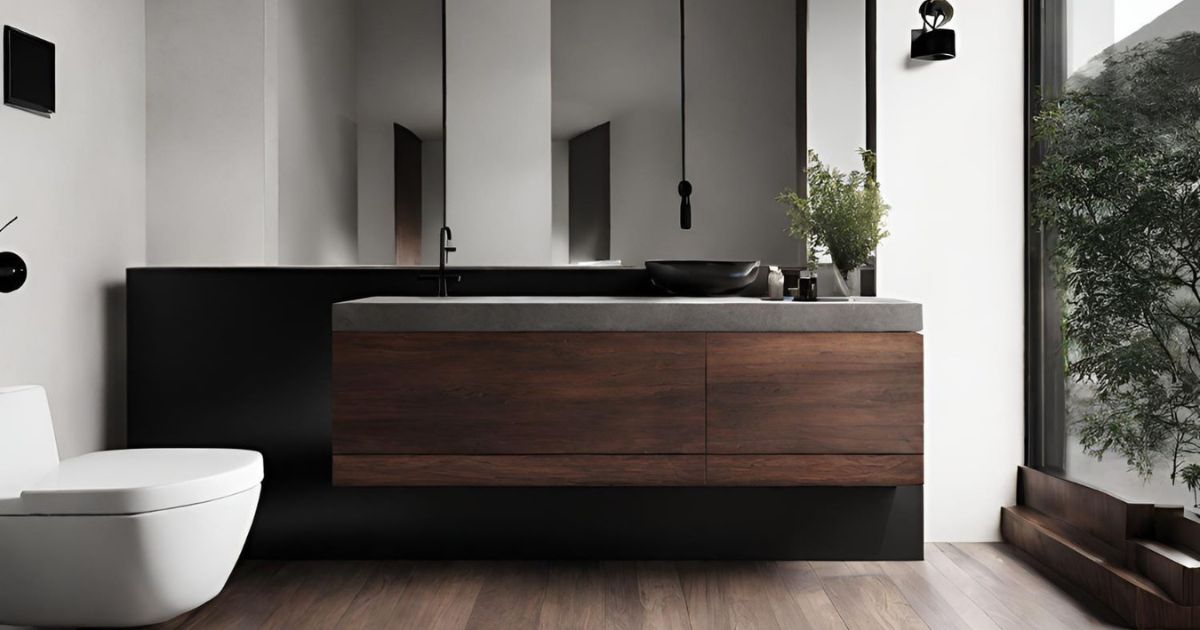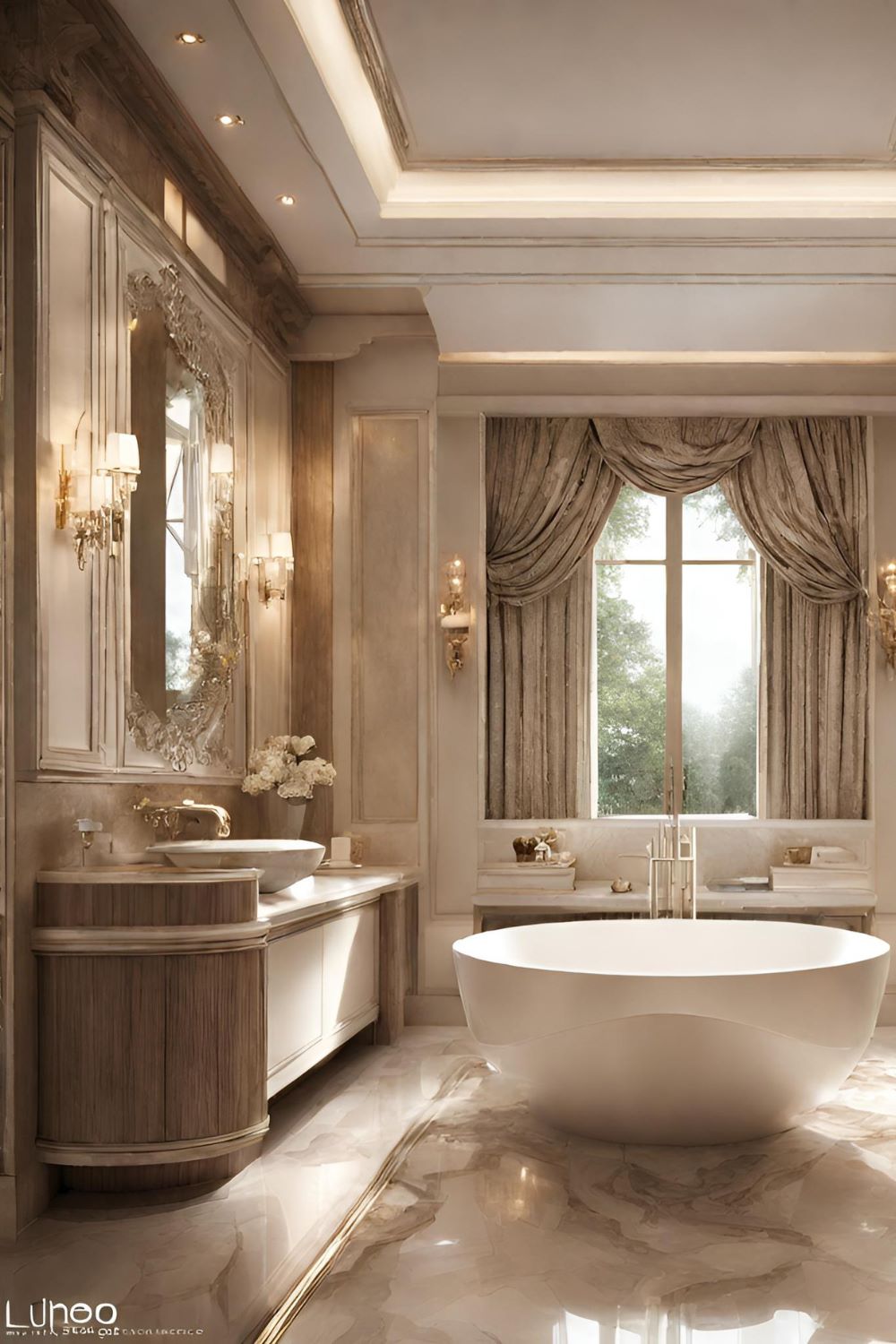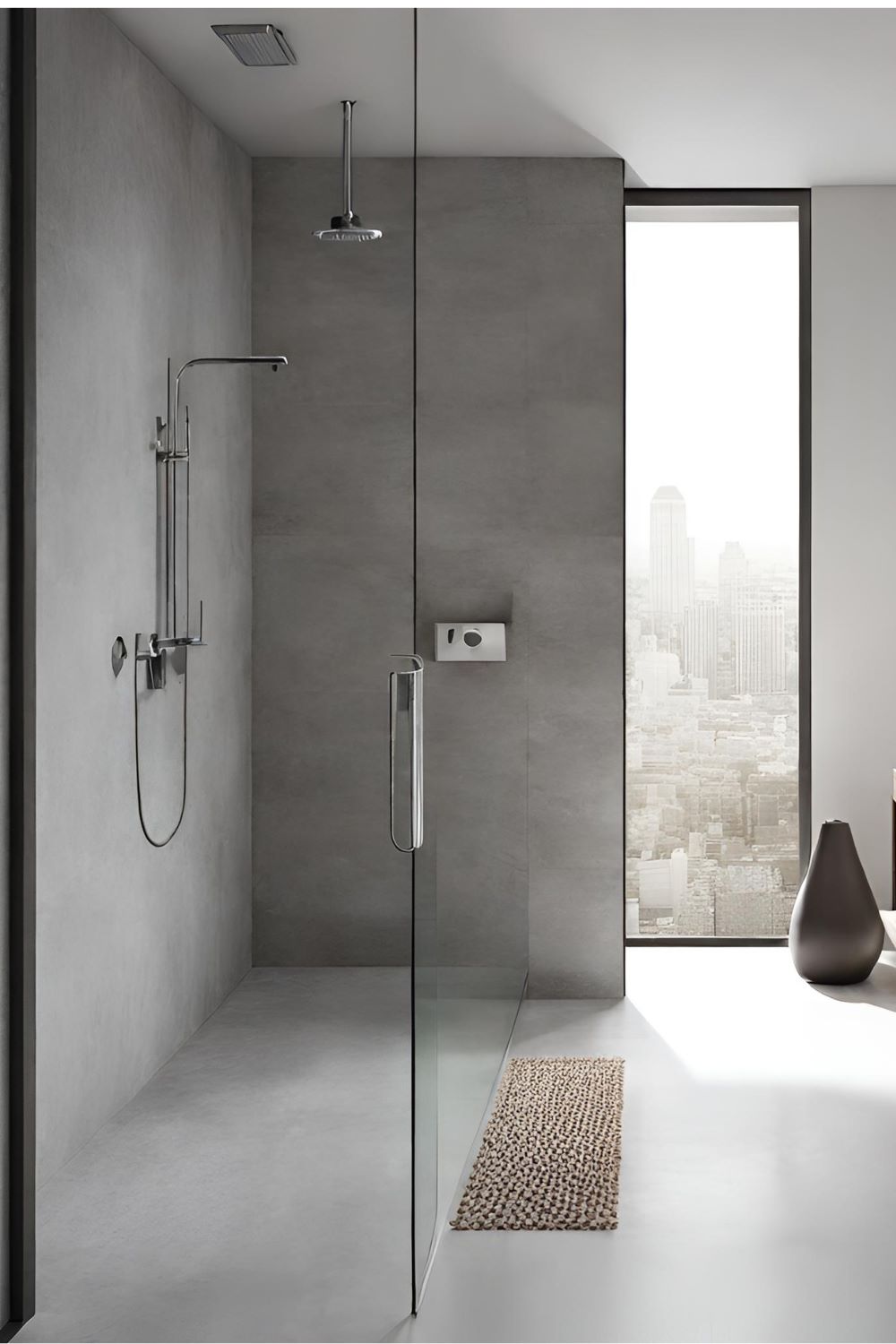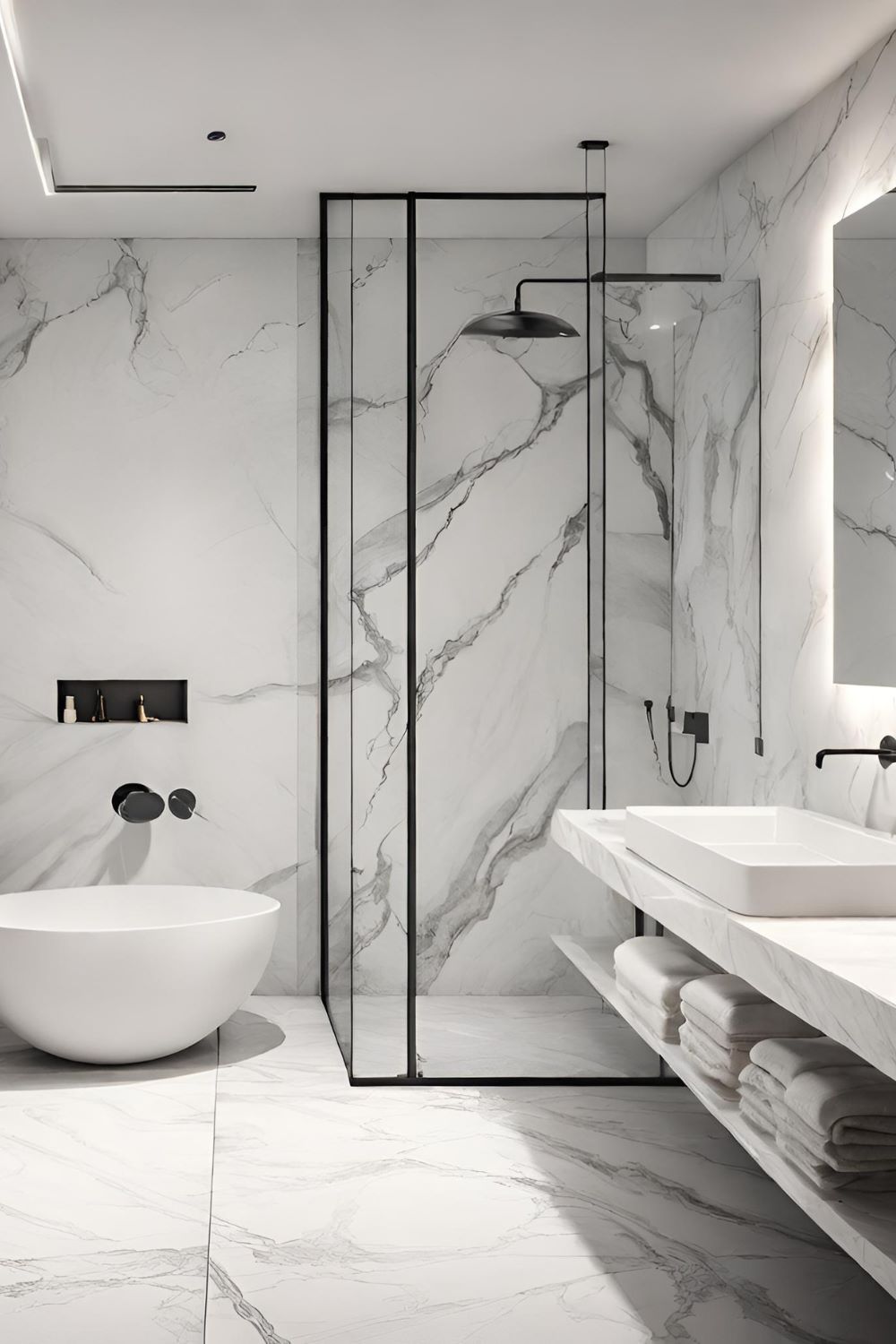AI Illusions in Bathroom Decor: Unveiling Digital Design Dilemmas

Generated with AI built in Canva
This post aims to provide a balanced view of the opportunities and challenges posed by AI-generated images in interior design, encouraging a thoughtful approach to the integration of this technology in the creative process.
In the ever-evolving world of interior design, technology has always played a pivotal role in shaping trends, enhancing visualizations, and bringing ideas to life. Among the latest technological advancements, artificial intelligence (AI) has emerged as a game-changer, particularly in the realm of image generation. AI-generated images offer unprecedented possibilities for creativity and innovation, allowing designers to visualize spaces and concepts with a level of detail and imagination that was previously unattainable. However, as with any groundbreaking technology, these digital creations come with their own set of challenges that both professionals and enthusiasts in the field of interior design must navigate.

Generated with AI built in Canva
The Allure of Perfection
AI-generated images can produce visuals that are stunningly realistic and aesthetically pleasing. These images can portray interior spaces in idealized forms, showcasing perfect lighting, flawless textures, and impeccable arrangements. This level of perfection, while captivating, can set unrealistic expectations for clients. The discrepancy between the digital ideal and the tangible reality can lead to dissatisfaction and frustration, as the nuances of physical spaces, such as natural lighting variations and material textures, can be difficult to replicate exactly in real life.

Generated with AI built in Canva
Creativity vs. Authenticity
While AI tools can generate images that push the boundaries of creativity, they may also inadvertently homogenize design concepts. The algorithms behind these AI systems learn from vast datasets of existing images and styles, which can lead them to produce designs that, while visually appealing, might lack originality or personal touch. For interior designers, the challenge lies in leveraging AI as a tool for inspiration and visualization without compromising the unique and authentic aspects that make each space special.
Ethical and Legal Considerations
The use of AI-generated images raises important ethical and legal questions, particularly concerning copyright and intellectual property rights. As AI systems generate new images based on existing works, the line between inspiration and infringement becomes blurred. Designers must be vigilant about the sources of their AI-generated visuals and ensure that they respect the rights of original creators. Additionally, the representation of specific products or artworks within AI-generated images can lead to complications if those items are copyrighted or trademarked.
Bridging the Gap Between Digital and Physical
One of the most significant challenges posed by AI-generated images is the translation of these digital designs into physical realities. Materials, colors, and textures may appear differently in digital renderings than they do in real life, leading to discrepancies in the final outcome. Designers must possess a deep understanding of materials and construction techniques to effectively bridge this gap, ensuring that the end result aligns as closely as possible with the initial digital vision.

Generated with AI built in Canva
Navigating Client Expectations
Managing client expectations in the age of AI-generated imagery requires clear communication and education. Clients may not be fully aware of the limitations and challenges associated with bringing an AI-generated design to life. It is crucial for designers to explain these considerations, setting realistic expectations from the outset and involving clients in the design process to ensure their needs and preferences are met.
AI-generated images in interior design open up a world of possibilities, offering new ways to visualize and create spaces that inspire and delight. However, the challenges they present—ranging from ethical considerations to the practicalities of execution—require thoughtful navigation. By acknowledging these challenges and approaching AI-generated visuals with a critical eye, designers can harness the power of this technology to enhance their work, while staying grounded in the principles that make interior design both an art and a science.
The peculiarities of AI image creation highlighted here, while focused on bathrooms, equally apply to a broad spectrum of interior design themes.
If you’re curious to know how to recognise AI-generated bathroom designs, click here!

